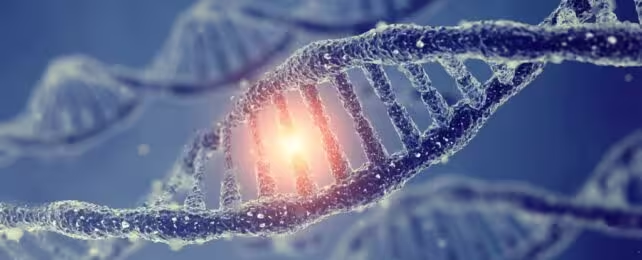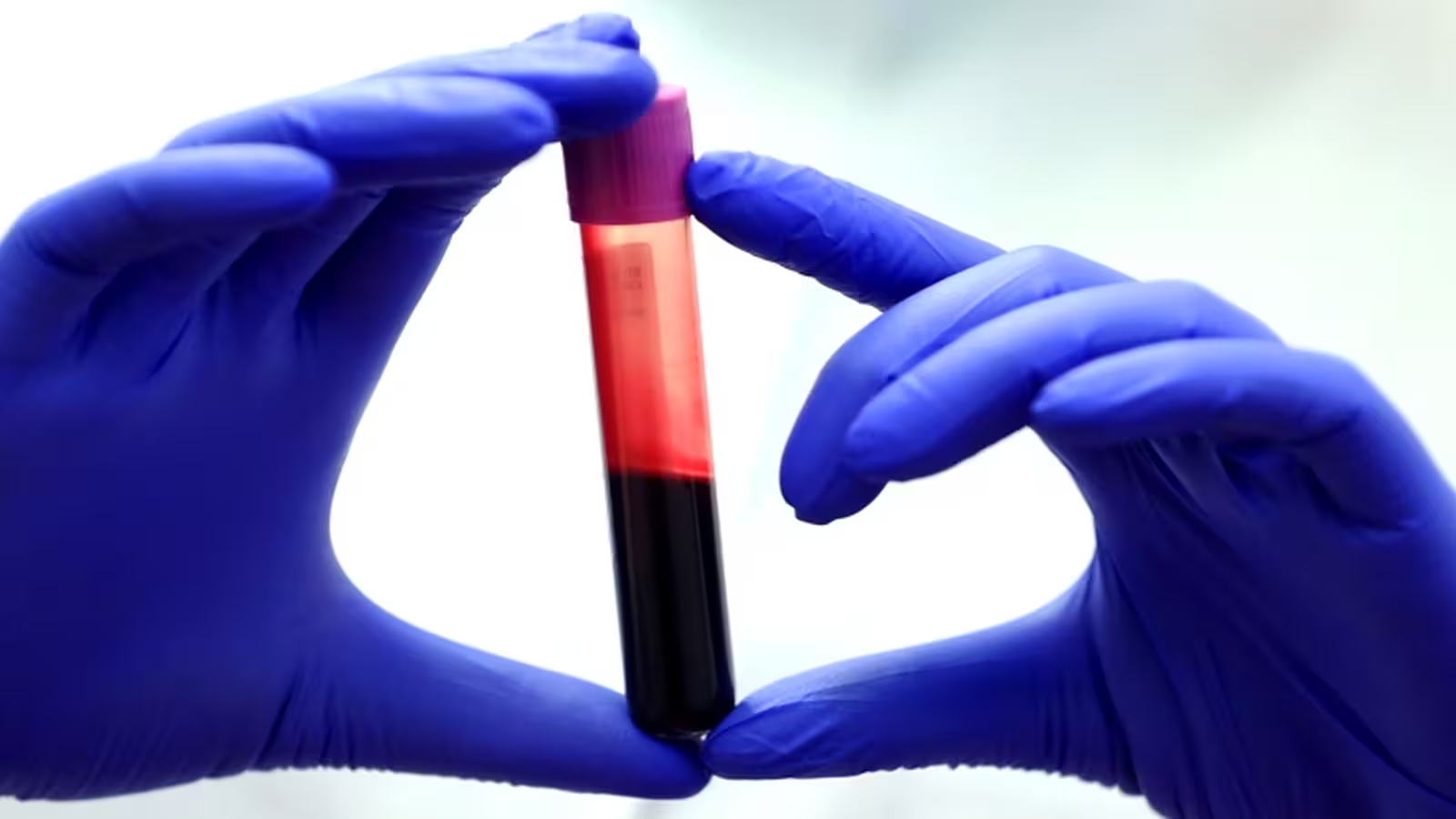5 Minutes
The Rise of Human Longevity: Centenarians on the Increase
In recent decades, human longevity has captivated researchers and the public alike. What was once a rarity—living to 100 years or beyond—has become more common, with centenarians representing the fastest-growing segment of the global population. According to demographic data, their numbers have approximately doubled every decade since the 1970s, reshaping our understanding of lifespan and health in aging societies.
The quest to unravel the science of exceptional longevity is rooted in millennia of philosophical and medical inquiry, tracing back to ancient thinkers like Plato and Aristotle. Today, longevity science bridges genetics, environmental influences, biomarkers, and lifestyle factors, seeking to pinpoint why some individuals not only live longer, but do so in relatively good health.
Biomarkers and the Science of Aging: The GeroScience Study
A groundbreaking study recently published in the journal GeroScience has deepened our molecular understanding of longevity. Employing the largest dataset to date, researchers analyzed blood-based biomarker profiles spanning 44,000 adults in Sweden. The subjects, aged 64 to 99 at the time of initial assessment, were tracked for up to 35 years using Swedish health registries. Within this population-based cohort—known as the Amoris cohort—1,224 participants reached age 100, with women comprising the vast majority of centenarians (85%).

What are Biomarkers and Why Do They Matter?
Biomarkers are measurable physiological indicators often used to assess biological aging, disease risk, or health status. In this study, scientists focused on twelve blood-derived biomarkers known to be associated with inflammation, metabolic function, liver and kidney performance, malnutrition, and anemia. These included uric acid (inflammation), glucose and cholesterol (metabolism), creatinine (kidney function), and several liver enzymes such as alanine aminotransferase (Alat) and gamma-glutamyl transferase (GGT). Albumin and total iron-binding capacity (TIBC) provided additional insight into nutritional and hematological status.
Key Findings: What Sets Centenarians Apart?
The analysis revealed compelling, if subtle, differences between those who reached 100 and their shorter-lived peers. Notably, individuals who became centenarians generally maintained lower levels of glucose, creatinine, and uric acid from their sixties onward. These markers reflect better metabolic, renal, and inflammatory health, all of which are linked to reduced risk of chronic diseases and age-related decline.
While average biomarker values in centenarians did not drastically outpace those of non-centenarians, extremes were rare among the longest-lived. For instance, very few centenarians registered glucose levels above 6.5 mmol/L or creatinine levels exceeding 125 µmol/L earlier in life—thresholds associated with type 2 diabetes risk and reduced kidney function respectively.
Beyond the Clinical Norms
Interestingly, both centenarians and non-centenarians frequently displayed values outside of standard clinical reference ranges, which are typically set for younger, healthier populations. This suggests that "normal" aging may shift physiological baselines and emphasizes the importance of context when interpreting biomarker data in older adults.
When researchers statistically adjusted for age, sex, and disease burden, they found that 10 out of 12 biomarkers were independently linked to the probability of reaching 100. Lower cholesterol and iron levels, as well as higher glucose, creatinine, uric acid, and certain liver enzyme markers, were associated with decreased longevity. The impact of uric acid stood out: participants with the lowest levels had a 4% likelihood of becoming centenarians, while only 1.5% of those with the highest uric acid reached the century mark.

Genetics, Lifestyle, and the Path to Healthy Aging
These findings highlight the complex relationship between metabolic health, nutrition, and long-term survival, but they do not prescribe a single recipe for longevity. The study did not isolate specific genes or lifestyle factors as the sole drivers behind these favorable biomarker profiles. Nonetheless, the links suggest that healthy nutrition, moderation in alcohol intake, and maintaining balanced kidney and liver values could make a measurable difference in the odds of living an exceptionally long life.
Managing these metrics—with support from regular medical check-ups—offers a practical approach to healthy aging. As noted by the study authors, while chance likely plays a role in extreme longevity, the fact that advantageous biomarker patterns can be identified decades before death supports the influence of both genetics and modifiable lifestyle habits.
Broader Implications and Future Prospects
As longevity research advances, the ability to track and interpret blood biomarkers may soon guide individualized interventions to promote healthy aging and delay age-associated diseases. Ongoing studies integrating genomics, proteomics, and health data from diverse populations are expected to refine our understanding of the biology of aging. These efforts may ultimately unlock new preventive measures or therapies, offering both more years—and better quality years—to future generations.
Conclusion
Exceptional longevity is no longer an isolated phenomenon, and scientific research is revealing the subtle yet significant physiological patterns that underpin a life spanning a century. Lower risks for high glucose, creatinine, and uric acid levels—indicative of robust metabolic, renal, and inflammatory health—are common among centenarians. While some aspects of living longer remain shaped by chance, the emerging science underscores the importance of monitoring key blood biomarkers and adopting health-supportive habits for those aspiring to join this growing demographic. As research continues to unfold, our understanding of how to achieve healthy longevity will only become clearer, paving the way for new strategies in public health and personal wellness.
Source: theconversation



Comments